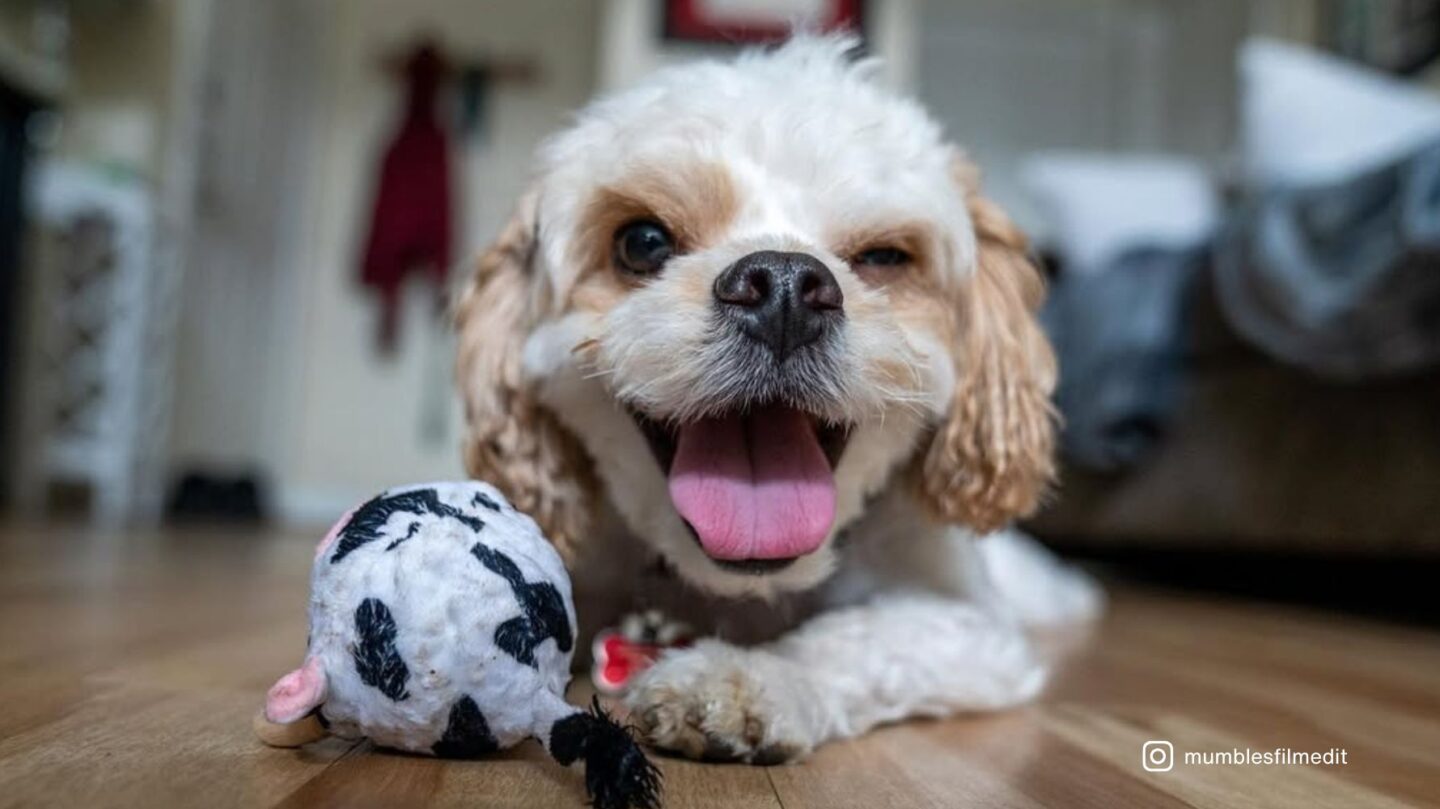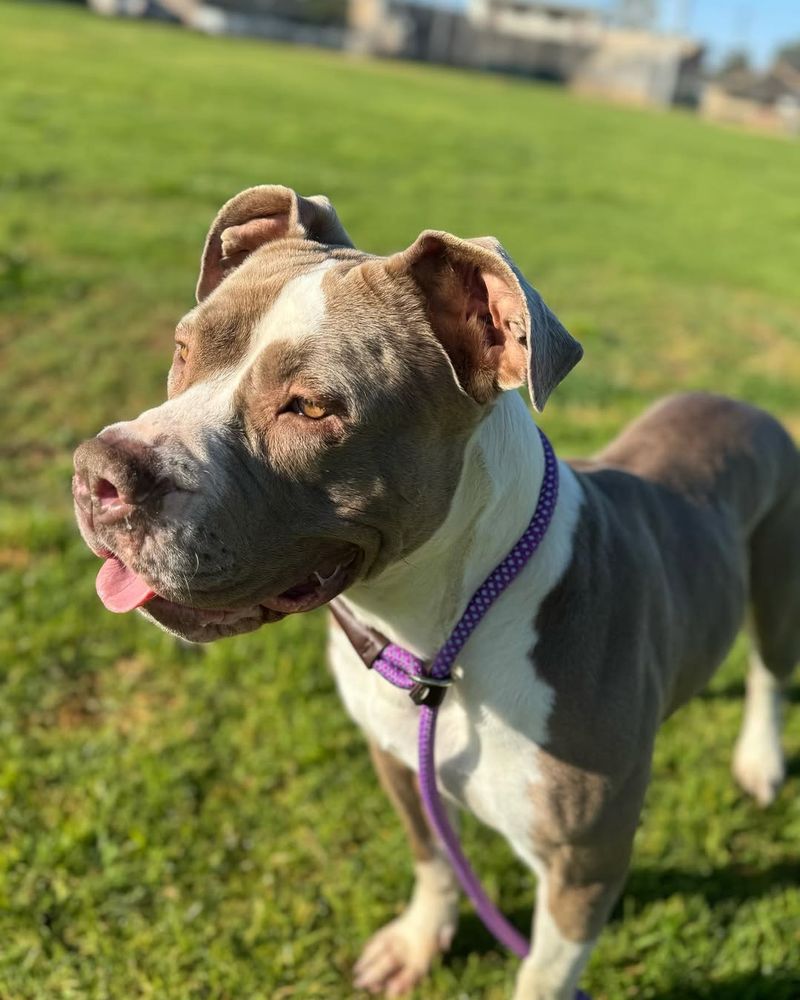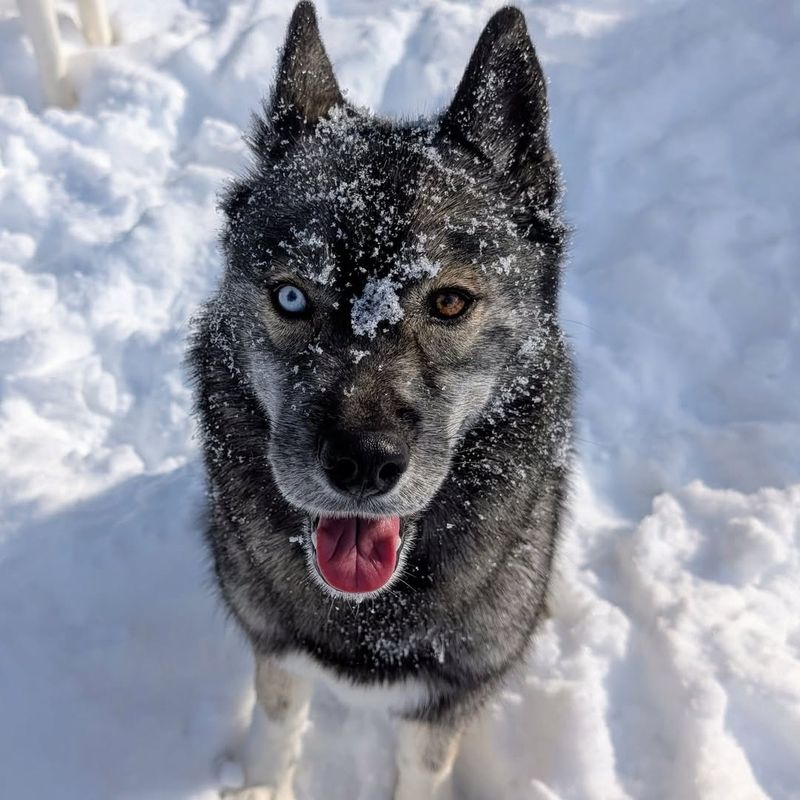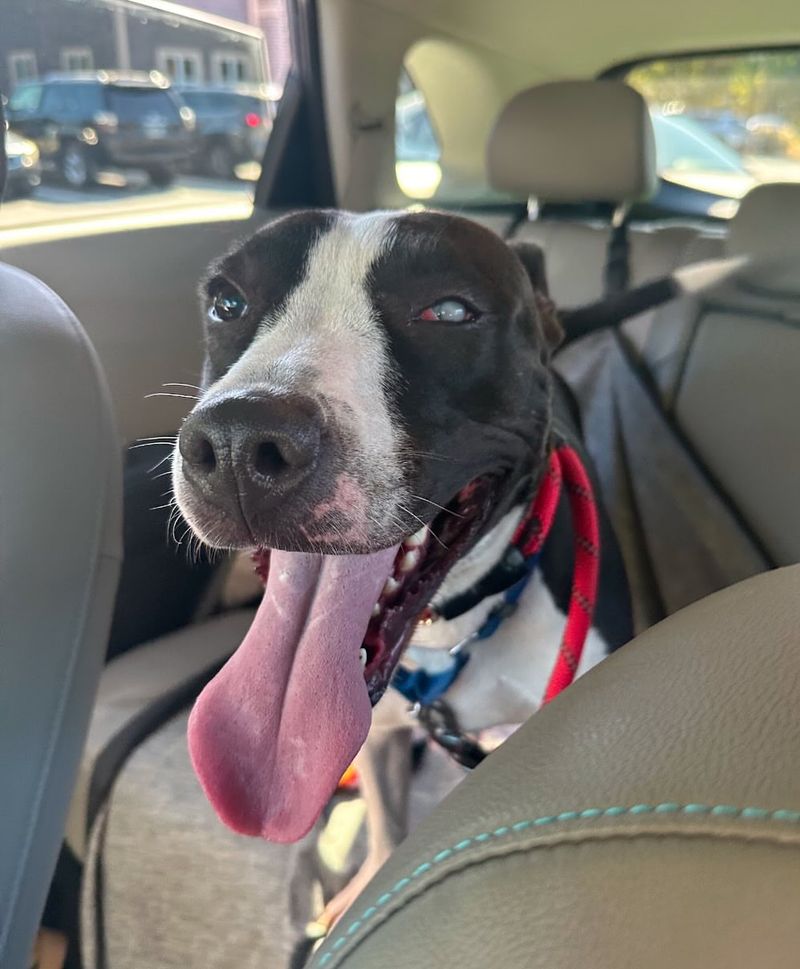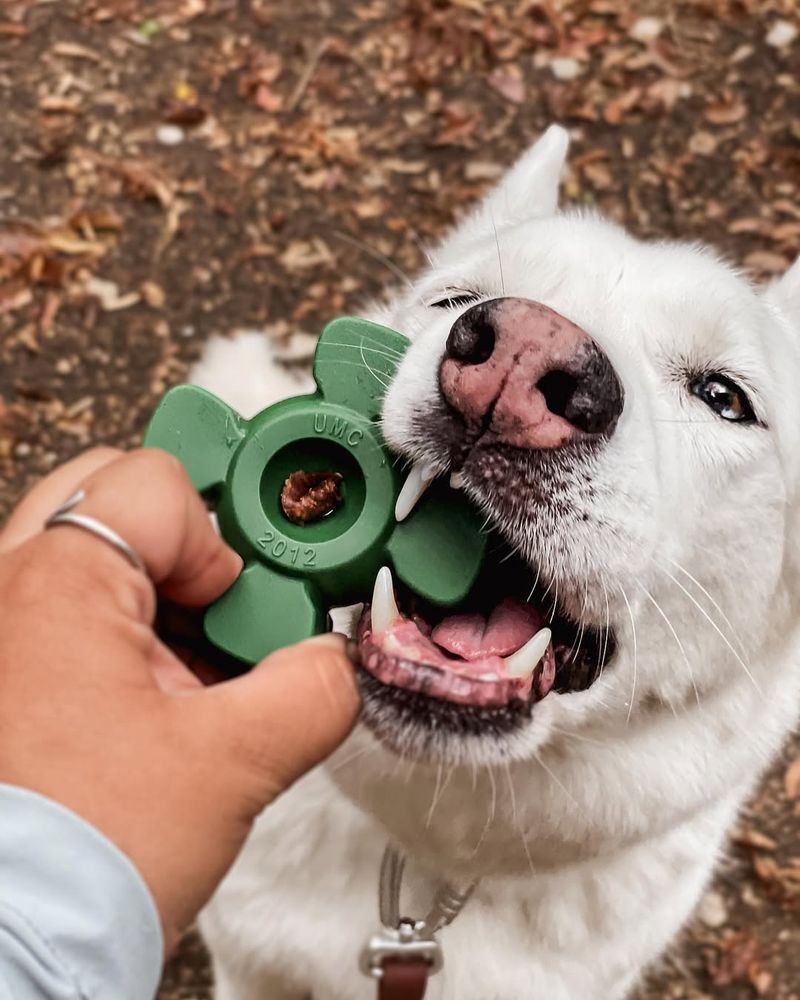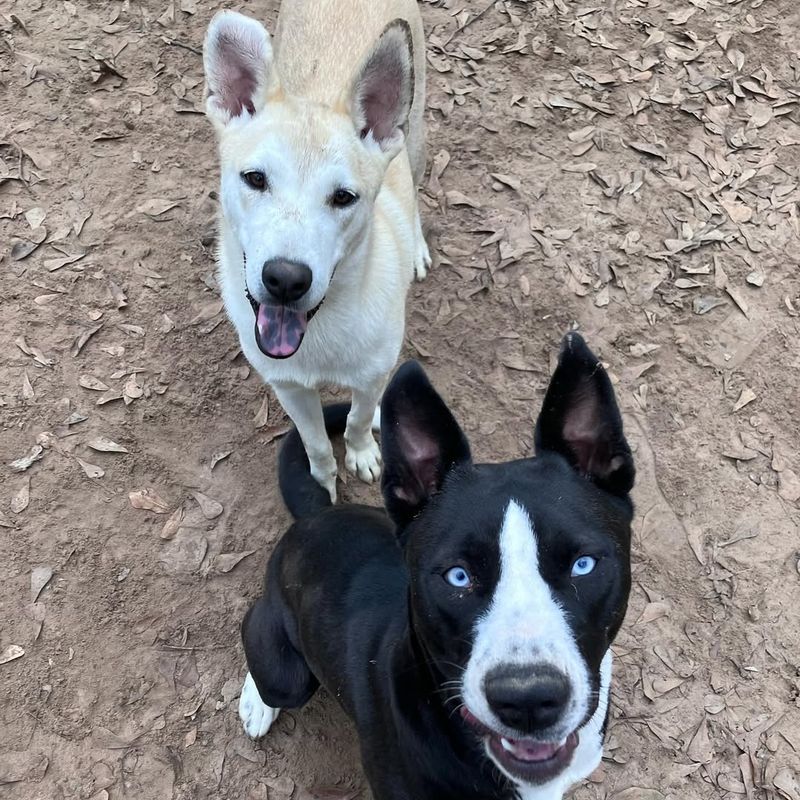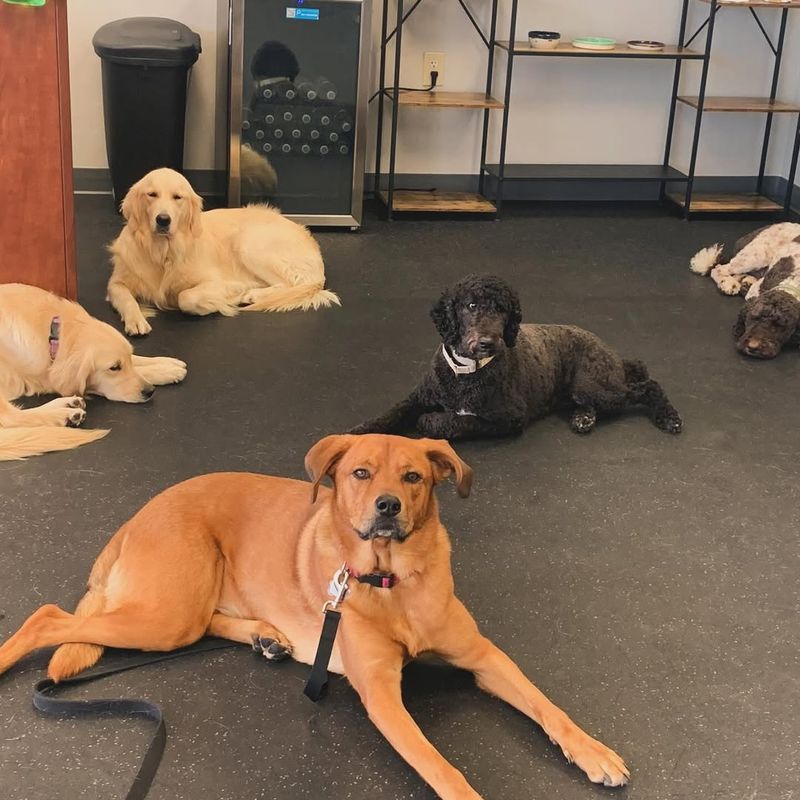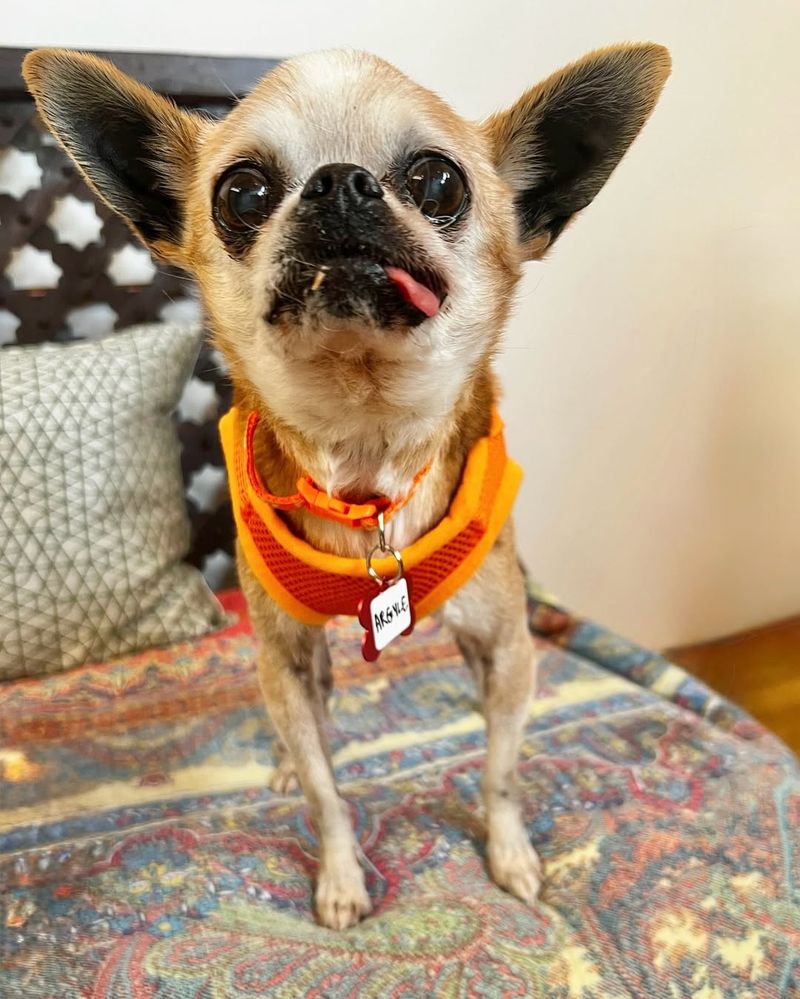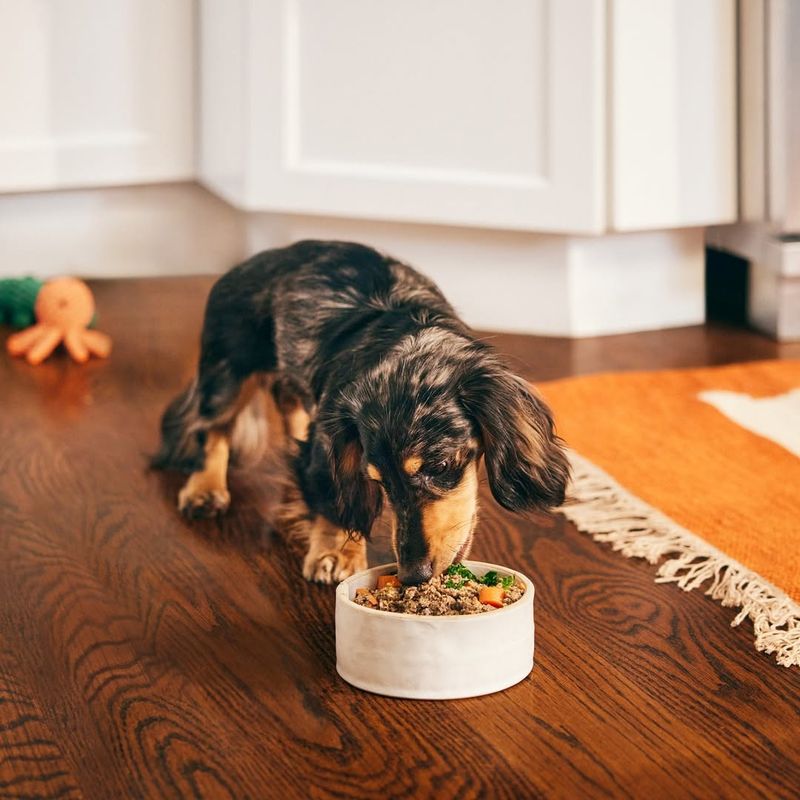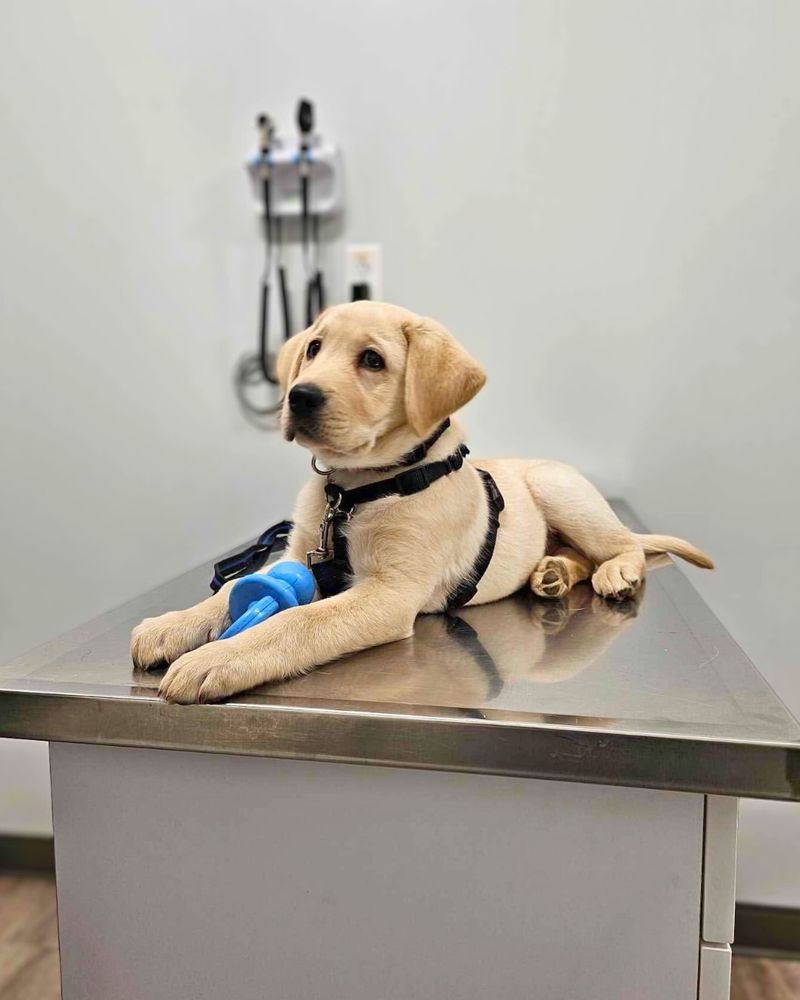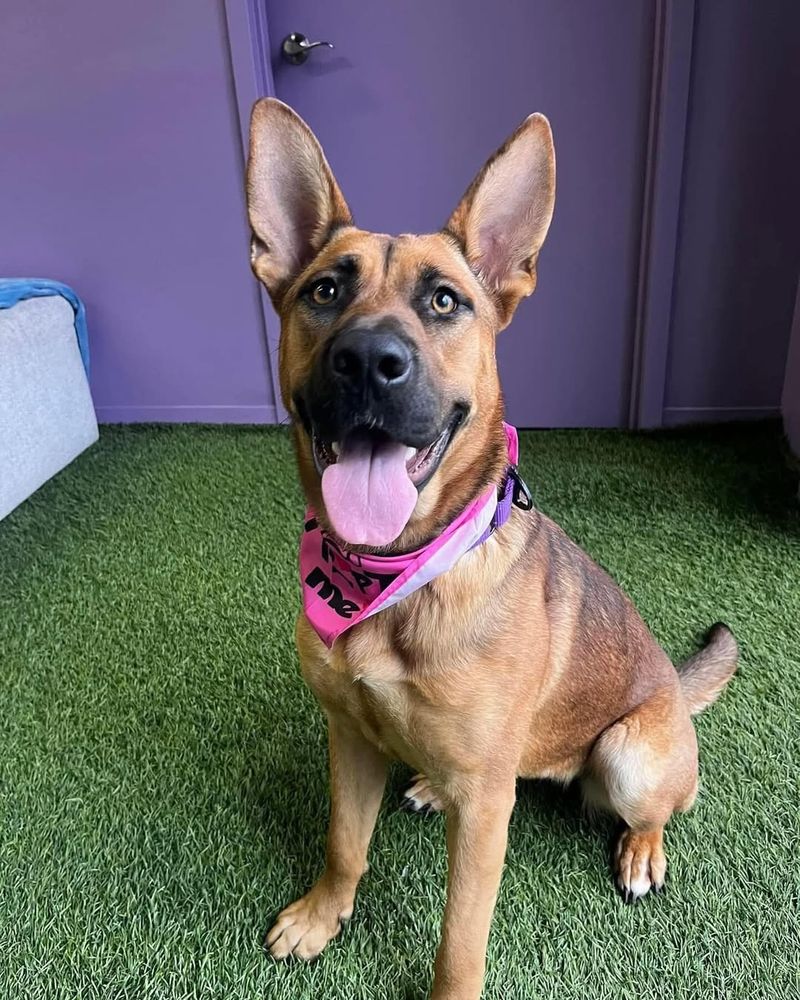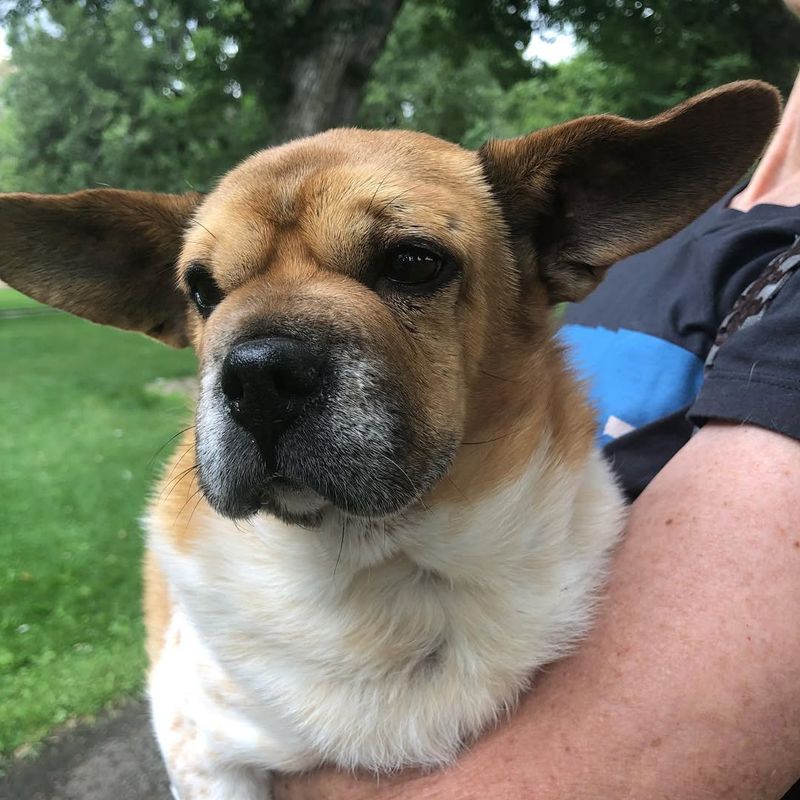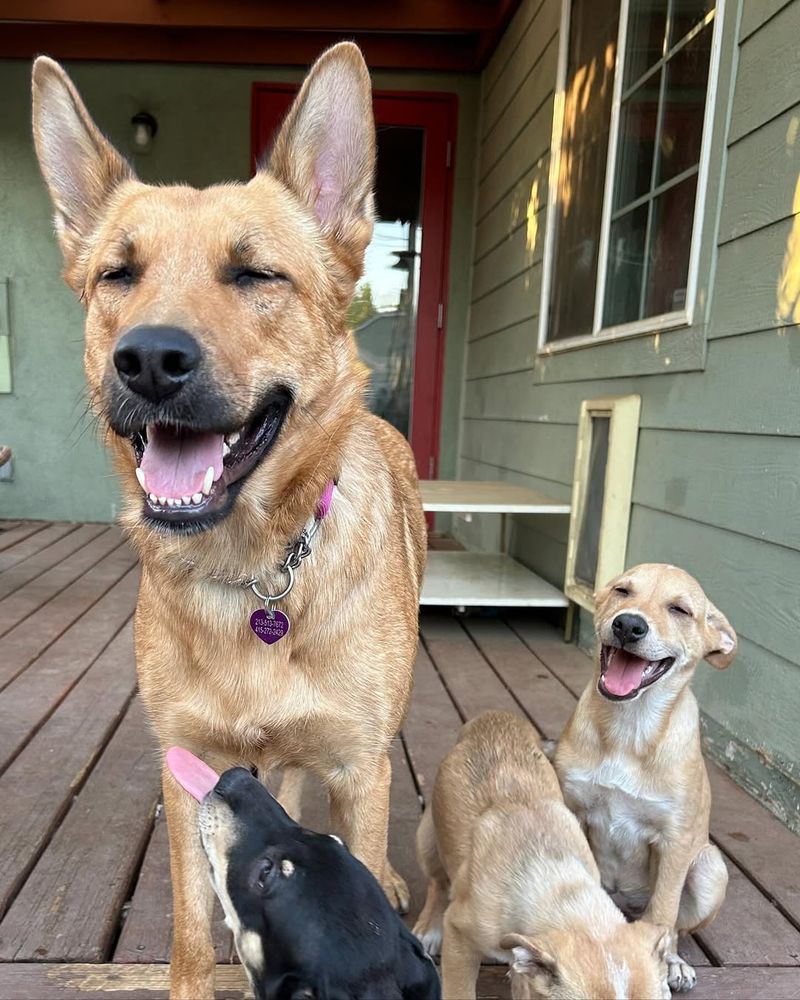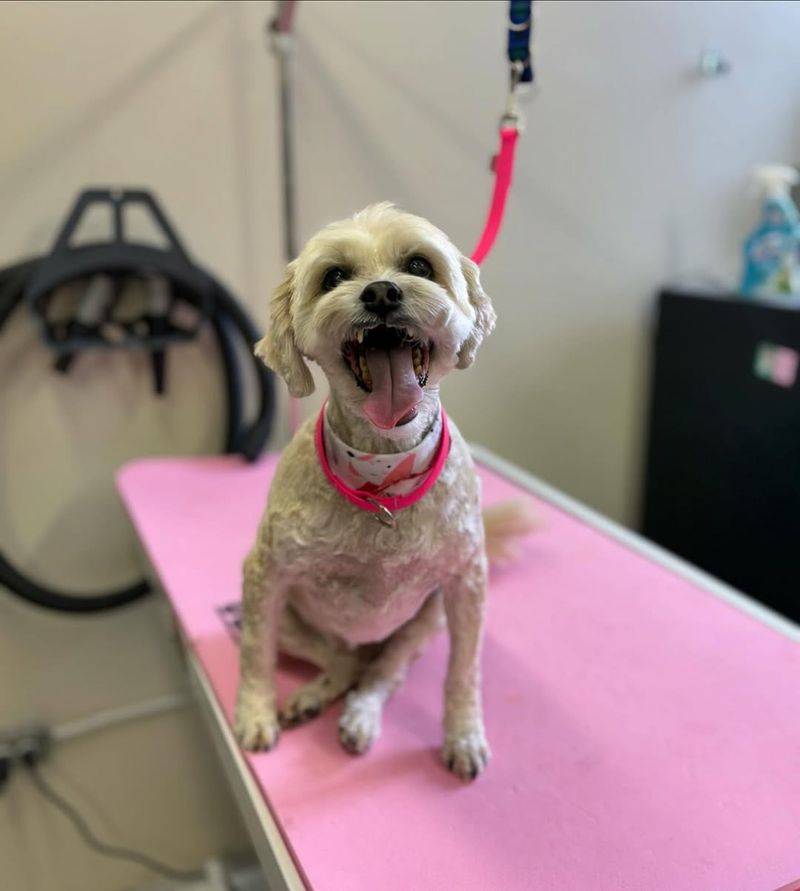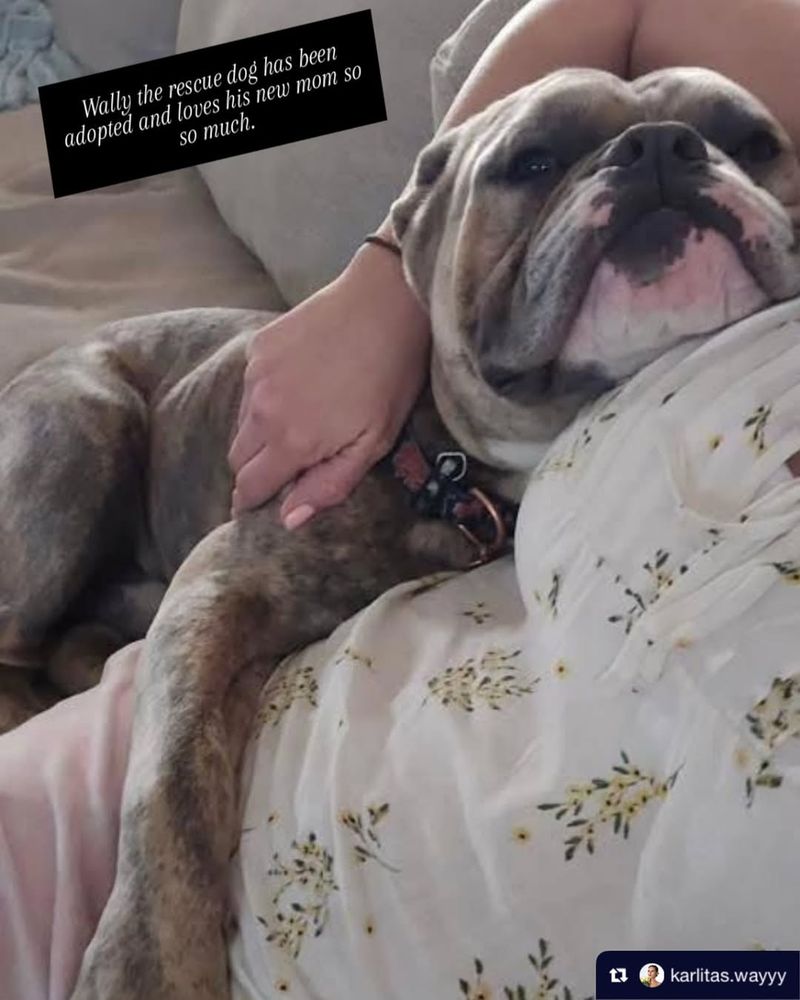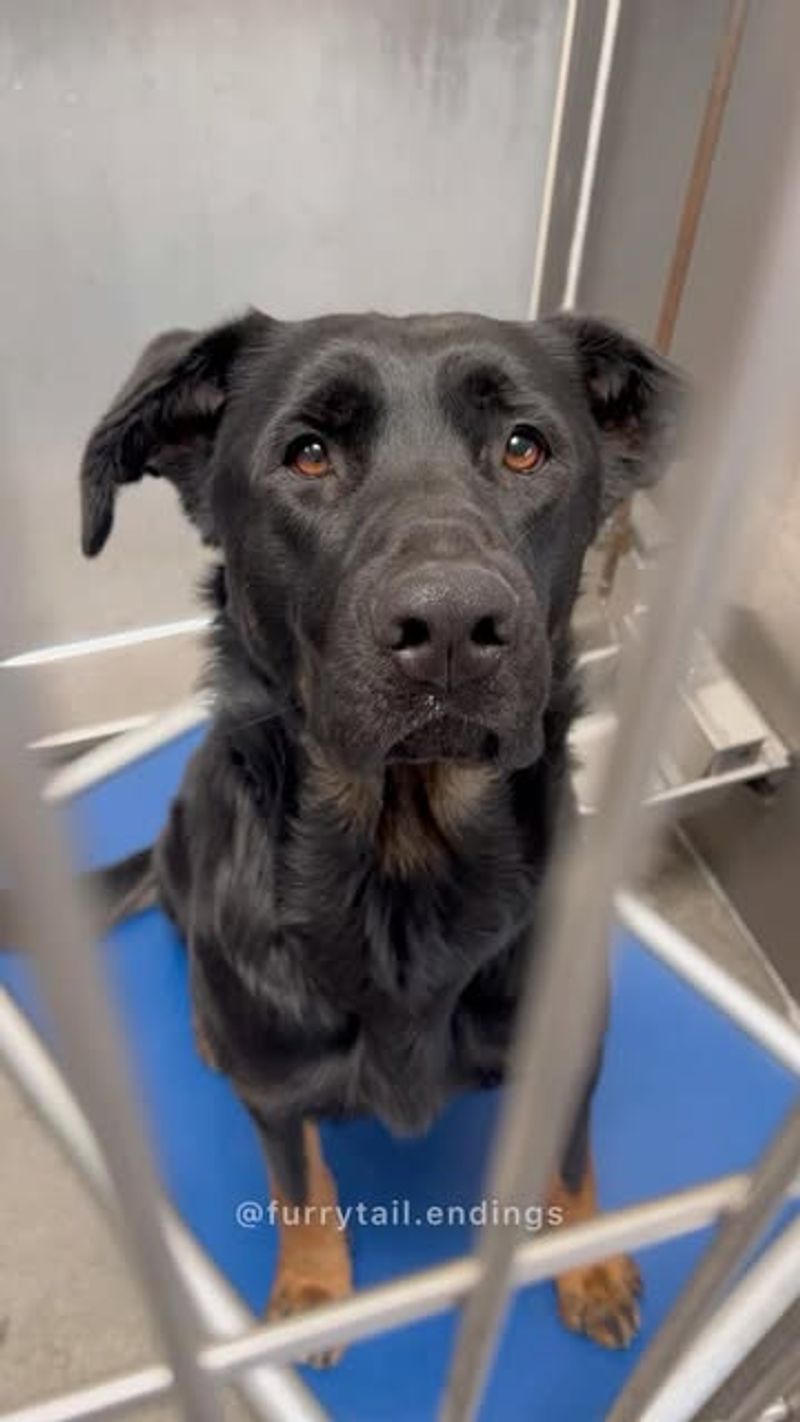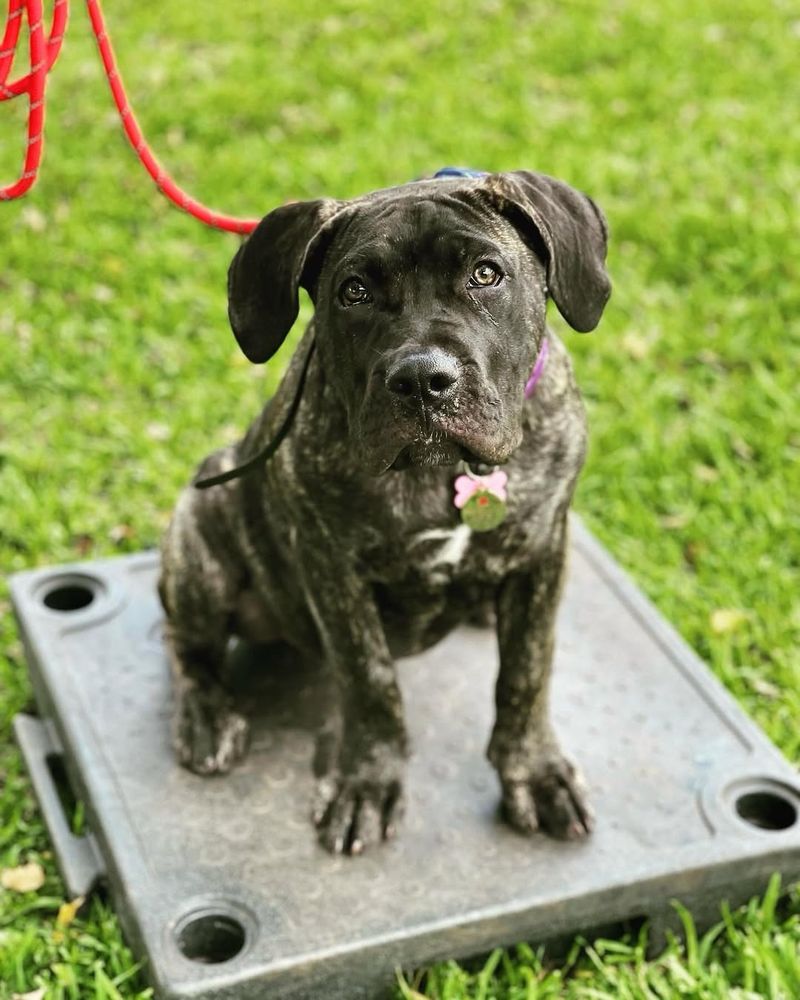Bringing a rescue dog home is a rewarding experience, but it requires patience and understanding. To ensure your new furry friend feels comfortable and safe, we’ve gathered 19 essential tips that will help them adjust to their new environment. These tips focus on creating a welcoming atmosphere, building trust, and establishing a routine that will make your dog feel right at home.
Create a Safe Space
Designate a specific area in your home where your rescue dog can retreat to when they need some quiet time. This safe space should include a comfortable bed, familiar toys, and access to water. Allowing your dog to have their own territory helps them feel secure in their new environment. Ensure the area is free from loud noises or high foot traffic, providing a peaceful haven. Respecting this space as their private spot can significantly assist in building their confidence and trust in you.
Establish a Routine
Dogs thrive on routine, and establishing a consistent schedule for feeding, walks, and playtime can help your rescue dog settle in. Keep meal times regular and establish a predictable walking routine. This consistency reassures your dog and helps them understand what to expect each day. Routines create a sense of normalcy and reduce anxiety, fostering a sense of belonging. Additionally, regular schedule adjustments should be gradual to avoid confusion and maintain stability.
Use Positive Reinforcement
Positive reinforcement is key to training your rescue dog and encouraging desired behaviors. Reward them with treats, praise, or toys when they behave well. This approach builds trust and strengthens the bond between you and your dog. It’s essential to be patient and consistent, using rewards to guide them gently. Avoid harsh discipline, as it can lead to fear and mistrust. Celebrate small successes to motivate your dog and promote positive learning experiences.
Introduce Slowly to New Experiences
New environments can be overwhelming for a rescue dog, so take introductions slowly. Gradually expose them to new people, pets, and surroundings. Observe their body language and comfort levels, adjusting the pace accordingly. Each new experience should be positive, ensuring they don’t become stressed. By taking it slow, you allow your dog to adapt at their own pace, making new experiences less daunting and more enjoyable.
Provide Mental Stimulation
Keep your rescue dog’s mind active with engaging toys and puzzles. Mental stimulation is vital for their well-being and prevents boredom. Rotate toys regularly to keep things fresh and interesting. Engage in interactive games, like hide and seek, to challenge their intelligence. Providing outlets for mental activity can alleviate anxiety and promote a happier, more well-adjusted dog. Encourage exploration and curiosity to make their new environment an exciting place.
Practice Patience and Understanding
Adjusting to a new home takes time, and patience is essential. Understand that your rescue dog may take a while to feel completely at ease. Be supportive and compassionate, allowing them to set their own pace. Avoid rushing them into new situations, and be ready to offer reassurance. By practicing patience, you’ll create a trusting relationship, and your dog will learn to look to you for comfort and security. Remember, every dog’s journey is unique.
Encourage Socialization
Socialization is crucial for a rescue dog’s development and confidence. Introduce your dog to other dogs and people in controlled settings, like dog parks or training classes. Supervised social interactions help them learn appropriate behavior and build friendships. Keep encounters positive, and be mindful of your dog’s comfort level, always providing encouragement. Socialization enriches their life, reduces fear, and increases their adaptability to new environments.
Set Boundaries and Rules
Establishing clear boundaries and rules helps your rescue dog understand what is expected of them. Consistency is key in enforcing these rules to prevent confusion. Use gentle guidance to teach them household norms, like where they can rest and which areas are off-limits. Clearly defined rules provide structure and help your dog feel secure, knowing what behaviors are acceptable. A harmonious household is achieved through consistent communication and mutual respect.
Gradual Exposure to Alone Time
Rescue dogs may experience separation anxiety, so gradually acclimate them to being alone. Start with short periods, slowly increasing the duration as they become more comfortable. Create a soothing environment by leaving soft music playing or providing a comforting item with your scent. Ensuring your dog feels safe when alone builds their independence and confidence. Over time, they’ll learn that you always return, easing their anxiety and promoting emotional stability.
Provide a Balanced Diet
A well-balanced diet is essential for your rescue dog’s health and happiness. Consult your veterinarian to choose the right food tailored to their needs. A nutritious diet supports their physical health, energy levels, and mood. Introduce new foods gradually to avoid digestive issues and monitor their reaction to ensure they’re thriving. Providing high-quality ingredients and fresh water will keep your dog in optimal condition. A healthy diet is a cornerstone of their overall well-being.
Ensure Regular Vet Visits
Regular veterinary care ensures your rescue dog stays healthy and identifies potential health issues early. Schedule check-ups for vaccinations, dental care, and health assessments. A good relationship with your vet provides valuable insights into your dog’s well-being, helping you make informed decisions. Preventative care is crucial, and regular visits can extend your dog’s lifespan and improve their quality of life. Stay proactive with their health to ensure they thrive in their new home.
Be Mindful of Body Language
Understanding your rescue dog’s body language is vital for effective communication. Observe signs of stress, happiness, or discomfort to respond appropriately. Tail wagging, relaxed posture, or play bows indicate contentment, while cowering or growling may signal fear. Being attentive to these cues helps you address their needs and build trust. Responding to their emotions fosters a deeper bond and ensures a harmonious relationship. Pay close attention to their signals for a happier, more connected life.
Foster a Calm Environment
Creating a calm and serene environment helps your rescue dog feel secure. Reduce loud noises, sudden movements, and chaotic activities that may cause stress. Use soothing music or nature sounds to promote relaxation. A tranquil atmosphere aids in reducing anxiety, allowing your dog to feel at ease in their new home. Consistency in maintaining a peaceful ambiance supports their emotional well-being and helps them adapt more quickly to their surroundings.
Encourage Play and Exercise
Physical activity is essential for your rescue dog’s health and happiness. Encourage regular play and exercise to burn off energy and maintain fitness. Interactive games, like fetch or tug-of-war, strengthen your bond and provide mental stimulation. Tailor exercise routines to your dog’s age and ability to avoid overexertion. Regular physical activity helps prevent behavioral issues caused by pent-up energy. A well-exercised dog is more content, relaxed, and well-adjusted in their new environment.
Use Gentle Training Techniques
Gentle training techniques build trust and encourage learning in your rescue dog. Use positive reinforcement methods, like clicker training, to teach commands and behaviors. Consistency and patience are vital, ensuring training sessions are short, fun, and rewarding. Harsh methods can damage trust and hinder progress. Celebrate small victories to motivate your dog and reinforce good behavior. Training strengthens your bond and helps your dog understand expectations, enhancing their confidence.
Incorporate Grooming into Routine
Regular grooming keeps your rescue dog looking and feeling their best. Establish a grooming routine that includes brushing, bathing, and nail trimming. Grooming sessions provide an opportunity to bond, and regular handling helps them become comfortable with being touched. Use gentle techniques and make grooming a positive experience by rewarding your dog. A well-groomed dog is healthier and more comfortable, contributing to their overall happiness and well-being.
Monitor Their Sleep Patterns
Adequate rest is crucial for your rescue dog’s health and adjustment. Monitor their sleep patterns to ensure they’re getting enough rest and quality sleep. Provide a comfortable bed in a quiet area, free from disturbances. Sleep supports their physical and mental recovery, helping them adapt to their new environment. If you notice changes in their sleep patterns, it may indicate stress or health issues. Paying attention to their sleep needs ensures they stay healthy and happy.
Be Consistent with Commands
Consistency in commands helps your rescue dog learn and understand expectations. Use the same words and gestures for each command to avoid confusion. Consistency reinforces learning and builds confidence, allowing your dog to respond reliably. Practice commands regularly in different environments to enhance their understanding and obeying skills. A consistent approach strengthens communication and trust between you and your dog, making daily interactions smoother and more enjoyable.
Celebrate Little Victories
Recognizing and celebrating small achievements boosts your rescue dog’s confidence and motivation. Whether it’s learning a new command or overcoming a fear, acknowledging their progress reinforces positive behavior. Use treats, praise, or playtime as rewards to mark these milestones. Celebrating victories fosters a sense of accomplishment and strengthens your bond. It encourages your dog to continue growing and adapting, creating a positive and supportive environment for their development.
